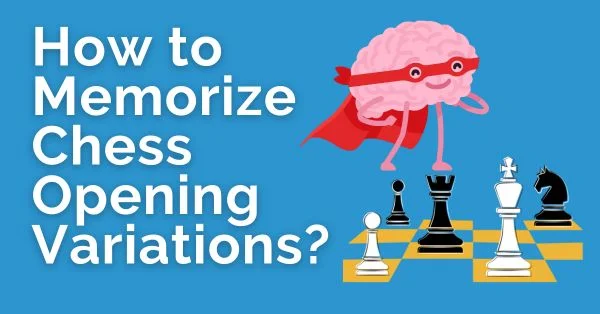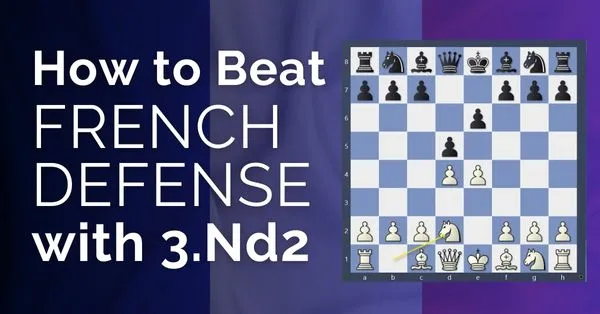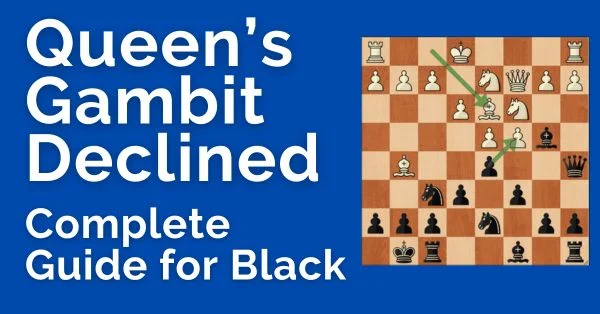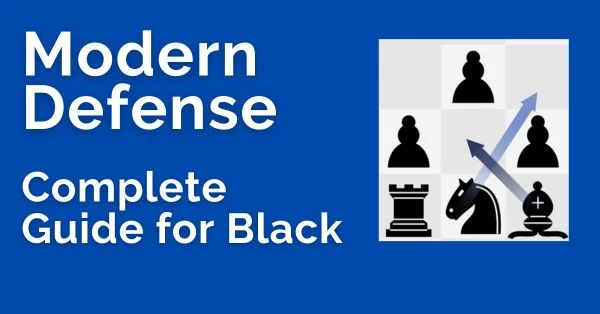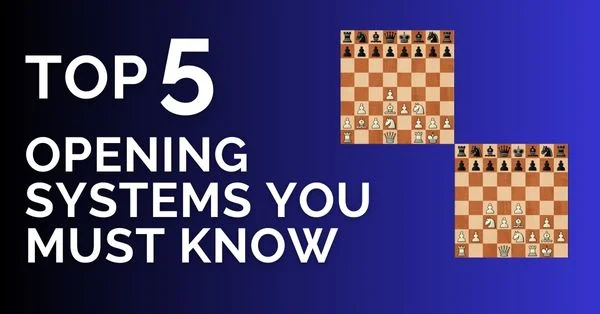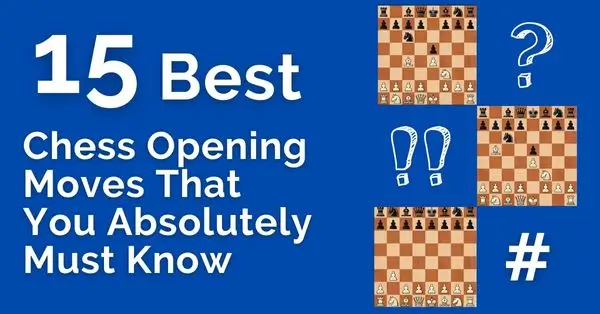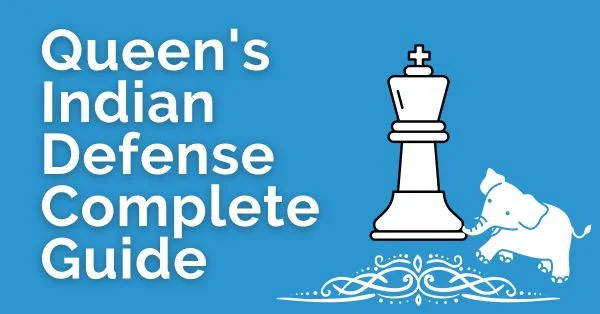Openings
I hope that the 5 tips that will follow the intro will help you memorize chess openings faster. Who doesn’t like a nice, comfortable position after the opening? Who wouldn’t like to catch their opponent unprepared at the beginning of the game and score a short and sweet-win? This, and the advantage of not having […]
The Scandinavian Defense is a highly popular choice for club players and for a good reason. In this article, we are going to take a quick look at some of the advantages of playing this opening. We will also take a quick look at some of the ideas you need to be aware of.
The French Defense has become a popular choice of late among Grandmasters and club players. This opening affords great scope for imagination and creativity from both sides. White has numerous ways of tackling the French defense. From the enterprising Nc3 to the straightforward e5 each offers unique characteristics. A potent weapon against the French is […]
Queen’s Gambit Declined (QGD) is a timeless opening. Every world champion from Steinitz to Ding Liren has played this opening. This should tell us volumes about the depth and rich legacy of the QGD. It is an opening that gives you a solid foundation to use chess principles.
Modern Defense seeks to fight on its terms because it unbalances the battlefield. The pieces march on to their locations before launching an offensive in the center. This can lead to complex and sharp positions where both sides can attack.
There are many games of chess being played each minute and even each second. There are players who play online blitz chess for fun and there are those who play standard 2-hour time control chess to make a living (they are called Grandmasters). You know there are chess databases that store many of the games […]
Chess openings are akin to the initial strokes on a canvas, setting the stage for intricate struggles that unfold as the game progresses. Each system beckons players to embrace their strengths and craft their unique take on the board. In this exploration of various chess opening systems, we journey through a collection of strategic approaches […]
The opening stage sets the foundation for a game of chess. A solid understanding of opening ideas and knowledge is crucial for making the best moves in chess. Many players want to know what is the best move in chess opening. This article explores the 15 Best chess openings that every player should be familiar […]
Queen’s Indian Defense is named because the queen’s bishop is developed with a queenside fianchetto. The opening was first played by Nimzowitsch in 1914 and it started to gain popularity in the next decade when it was adopted by top leading players of the time like Alekhine, Capablanca, and Bogoljubow.
Have you ever felt outsmarted in your chess game? Don’t sweat it; we’ve all been there. Welcome to the exciting world of chess opening traps and tricks! This article aims to equip you with some of the best chess tricks and easy chess traps that will have your opponent biting the bait in no time. […]

